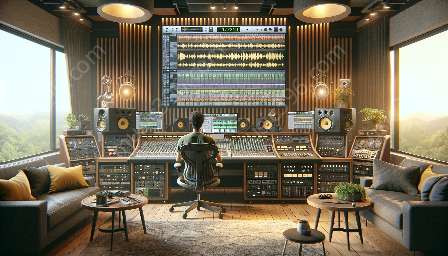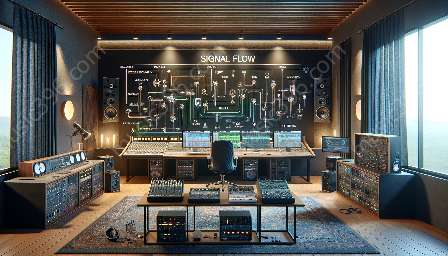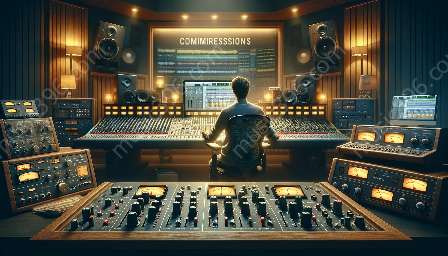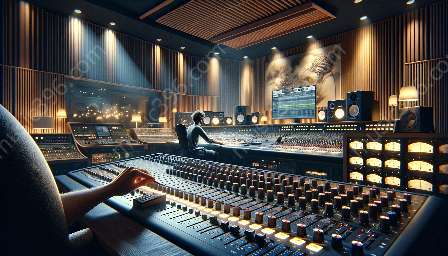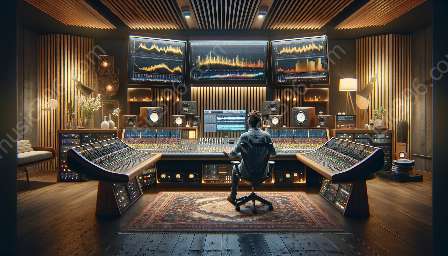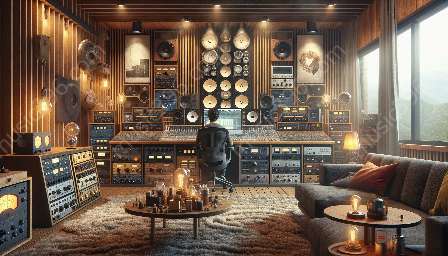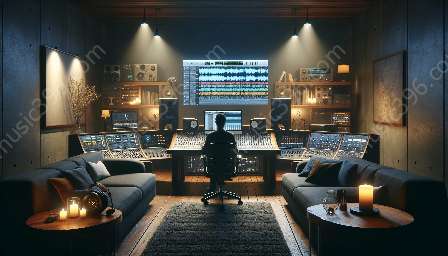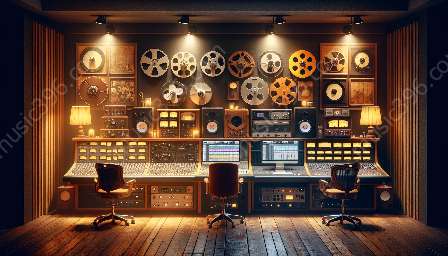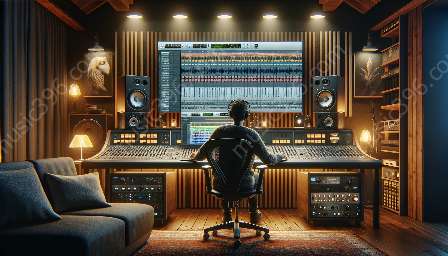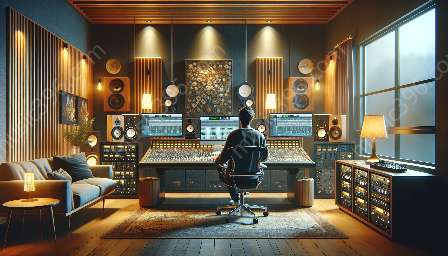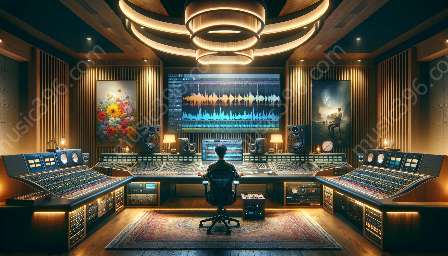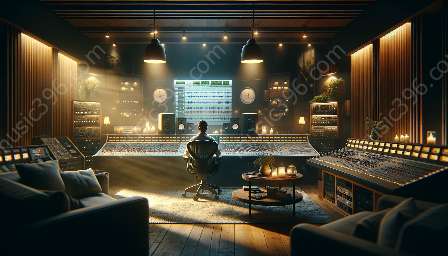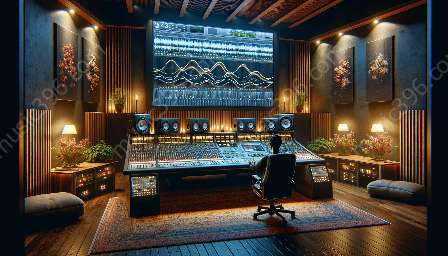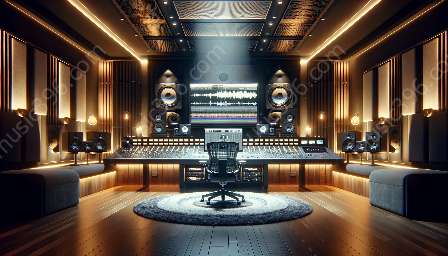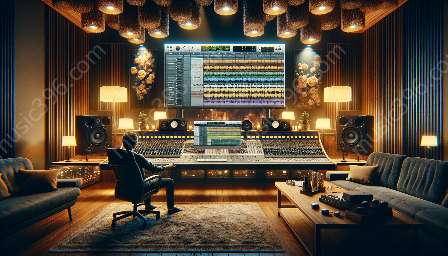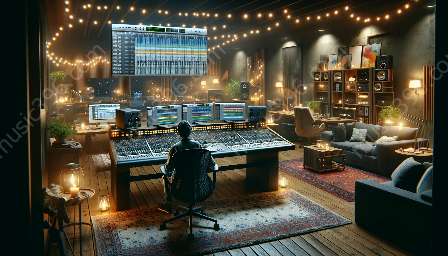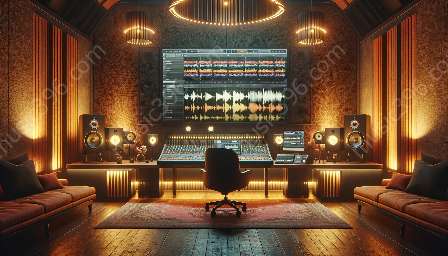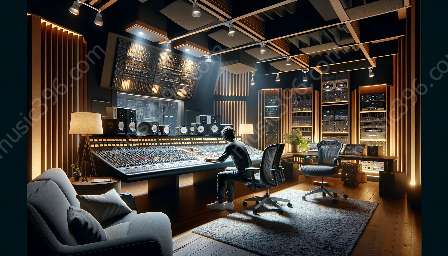Noise reduction during audio mastering is a crucial aspect of achieving high-quality sound. Whether you're working on a music production, podcast, or any other audio project, dealing with noise can be a significant challenge. From unwanted background noise to hissing, buzzing, or hum, mastering engineers face various obstacles when it comes to noise reduction.
Common Challenges in Noise Reduction
Let's explore some of the most common challenges faced during noise reduction in audio mastering, along with techniques and tips for effectively addressing these issues.
1. Identifying Different Types of Noise
One of the first challenges in noise reduction is identifying the different types of noise present in the audio signal. This can include background noise, electrical interference, microphone handling noise, and more. Each type of noise may require a different approach for effective reduction.
2. Preserving Audio Quality
Another major challenge is reducing noise without compromising the overall audio quality. Heavy-handed noise reduction can lead to artifacts, loss of clarity, and a generally unnatural sound. Finding the right balance between noise reduction and preserving the original audio is essential.
3. Minimizing Signal Degradation
Noise reduction techniques can sometimes introduce signal degradation if not applied carefully. Mastering engineers must find ways to minimize any potential degradation while effectively reducing noise levels. This involves understanding the limitations of different noise reduction tools and using them judiciously.
Noise Reduction Techniques
Successfully addressing the challenges of noise reduction during audio mastering requires a combination of technical expertise, careful listening, and the use of appropriate tools and techniques. Here are some common noise reduction techniques:
1. Spectral Editing
Spectral editing tools allow engineers to visualize and manipulate the spectral content of audio signals. This is particularly useful for targeting specific frequency ranges where noise is most prominent. Tools like spectral repair and spectral denoise can help to surgically remove unwanted noise.
2. Noise Gates
Noise gates are a classic tool for controlling the level of unwanted noise. By setting a threshold, engineers can automatically attenuate or mute audio signals below a certain level, effectively reducing background noise between audio passages.
3. Multi-band Compression
Multi-band compression allows for the selective compression of different frequency bands. This can be useful for taming noise in specific frequency ranges without affecting the entire audio spectrum.
4. Restoration Plugins
There are various dedicated noise reduction and restoration plugins available, offering advanced algorithms for effectively reducing different types of noise while preserving audio quality.
5. Manual Editing and Automation
For precise control over noise reduction, manual editing and automation can be invaluable. This involves detailed editing of audio waveforms to remove specific noise events or artifacts.
Tips for Successful Audio Mixing and Mastering
In addition to utilizing noise reduction techniques, mastering engineers can benefit from incorporating the following tips for successful audio mixing and mastering:
1. Use High-Quality Source Files
Starting with high-quality source files can significantly reduce the challenges of noise reduction. Well-recorded and clean audio provides a solid foundation for the mastering process.
2. Critical Listening
Developing critical listening skills is essential for identifying and addressing noise issues. Training the ear to distinguish between different types of noise and artifacts is crucial for effective noise reduction.
3. Collaboration with Mixing Engineers
Establishing open communication with mixing engineers can help in addressing noise issues early in the production process. Collaborating on noise reduction strategies at the mixing stage can lead to better results during mastering.
4. Test in Different Listening Environments
Testing the master in various listening environments can reveal potential noise issues that may not be apparent in a single setting. This can help ensure that the noise reduction efforts translate consistently across different playback systems.
5. Continuous Learning and Adaptation
Keeping up with advancements in audio mastering technology and techniques is crucial for mastering engineers. Continuously learning and adapting to new tools and approaches can enhance the capabilities of noise reduction.
Conclusion
Successfully navigating the challenges of noise reduction during audio mastering requires a combination of technical expertise, creative problem-solving, and an unwavering commitment to preserving audio quality. By understanding the different types of noise, utilizing appropriate noise reduction techniques, and incorporating best practices for audio mixing and mastering, engineers can overcome these challenges and achieve superior results.

